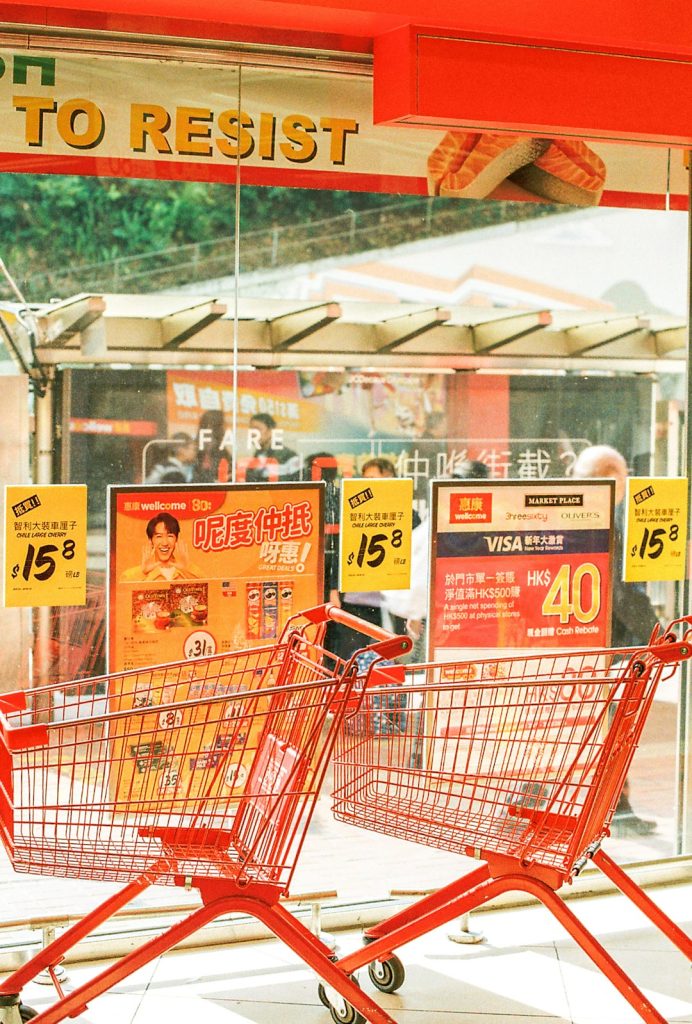Launching an ecommerce store using Laravel? Great choice! Laravel is one of the most powerful PHP frameworks out there. It’s fast, secure, and highly customizable. But—if your goal is to boost sales, you need more than just a good backend. You need features that win hearts, close deals, and keep customers coming back.
So, let’s make this fun. We’ve rounded up the top 10 must-have features your Laravel ecommerce platform needs to turn shopping carts into actual sales!
1. Super Fast and Mobile-Friendly Design
No one likes a slow site. A laggy store can crush your sales faster than you can say “checkout.” Use Laravel’s Blade templating and caching tools to make pages load fast.
Also, don’t forget mobile users! Most people shop right from their phones. Use responsive layouts and test on different devices.
2. SEO-Ready Structure
What’s a beautiful store if no one can find it? Laravel helps you build SEO-friendly URLs and meta tags. This means Google can find you, and that means more traffic!
You can go a step further and use Laravel packages like Laravel Meta Manager to automate your metadata.
3. Powerful Product Search
Imagine this. A customer wants red sneakers. But your site just shows everything when they type “red.” Oops.
Use tools like Laravel Scout or integrate Algolia for advanced search features. Add filters, tags, and categories. Make it easy for users to find exactly what they want fast.
4. Secure and Smooth Checkout
This is the money-maker. A complicated checkout process = lost sales. Keep it clean. Minimal steps. No distractions.
Laravel can help set up a secure checkout page using HTTPS, CSRF tokens, and input validation. Integrate multiple payment options like:
- Credit/Debit Cards
- PayPal
- Stripe
- Apple Pay & Google Pay
The more options, the better!
5. Personalized Product Recommendations
Think of Netflix. It knows what you like. Your ecommerce store can do the same. With tools like Laravel Nova or custom logic, you can show buyers products they’ll love.
Use their browsing behavior, past purchases, or wishlist. The goal? More relevant products = more sales.
6. Easy Cart and Wishlist Management
Sometimes users aren’t ready to buy. That’s okay. Make it easy for them to save favorite products or keep items in their cart.
Laravel’s session handling and database features can track carts across devices. So if they leave and come back later—boom, everything’s still there!
Also, add reminders like:
- “Hey, you left something in your cart!”
- Discounts for abandoned carts
7. Multi-language and Multi-currency Support
Dreaming of global sales? Then make your platform speak the buyer’s language—literally!
Use Laravel’s built-in Localization (i18n) tools to support different languages and regions.
Also, integrate real-time currency conversion using APIs. This makes your store more welcoming and trustworthy to international shoppers.
8. Real-Time Inventory and Order Tracking
No one wants to buy something and then hear it’s out of stock. That’s a surefire way to lose trust.
Use Laravel’s Eloquent relationships to connect inventory with your product catalog. Show real-time numbers like:
- “Only 2 left!”
- “Back in stock date: June 25”
You can also allow tracking of orders via customer dashboards for extra transparency.
9. Multichannel Integrations
Your Laravel store shouldn’t live in a bubble. Connect it with other sales platforms like:
- Facebook Shop
- Instagram Shopping
- Google Shopping
- Amazon or Etsy
Use Laravel APIs and 3rd-party SDKs to sync products, prices, and inventory.
More channels = more chances to sell.
10. Marketing Tools and Analytics
You can’t improve what you don’t measure. Use analytics tools like:
- Google Analytics
- Hotjar
- Laravel Telescope for backend insight
Track user journeys, bounce rates, cart drops, and most-loved products.
Then, use that data to run targeted email campaigns, coupon codes, and retargeting ads.
Bonus Tip: Test, Test, Test!
With Laravel, testing is easy. Build tests to catch bugs before your users do. Test your:
- Checkout process
- Email confirmations
- Payment integrations
- Inventory updates
Happy code = happy customers.
Final Thoughts 🎉
Building a Laravel ecommerce store is fun. But building one that sells like crazy? That takes smart features, simple UX, and a lot of TLC.
Use these 10 features as your roadmap. Start with what you can. Add more as you grow.
And remember—the best ecommerce platforms aren’t just about tech. They’re about delighting your customers every step of the way.
Now go crush those sales! 🚀
